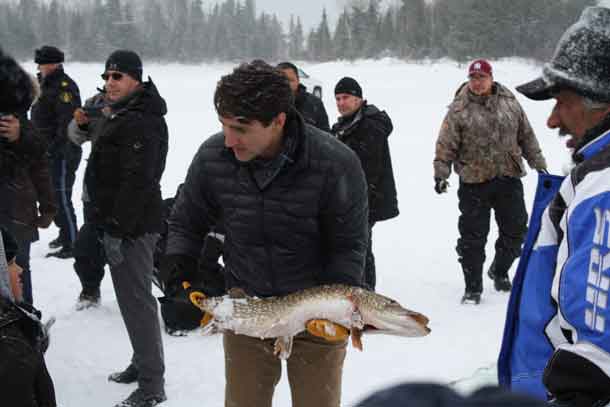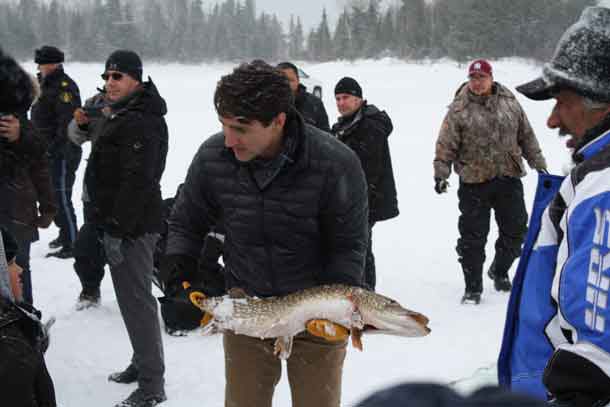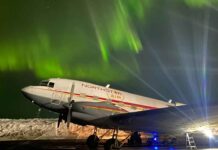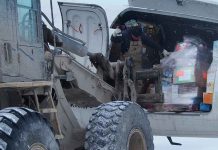

by Xavier Kataquapit
ATTAWAPISKAT – LIVING – Can you believe the fact that Prime Minister Justin Trudeau became the first sitting Prime Minister to visit a northern remote community when he went to Pikangikum First Nation recently. It is not as though Canada was created yesterday, so over many, many decades you would have thought that one of our Prime Ministers could have made that trip.
I must say that myself and many other First Nation people are thrilled that very right wing governments from the past are history at this point. Most of us are thankful that a First Nation friendly government is in place and has lived up to many promises to make life better for us. One of the biggest issues that we Native people have with non-Native government is the fact that they do not understand our culture, our way of life and our present situation and our current troubles. Much of what they know about our lives is second hand information written in reports, documented in pictures or even presented in videos that mostly are not produced by First Nation people.
We have always felt a double standard in the quality of attention we get for our Native issues and problems. When a major event occurs in this country where Canadians are in harms way, children are endangered, homes are destroyed or local governments need help to assist hundreds of fellow Canadians, government leaders will step in to help those in need.
The same has not been true for Native people and Native communities. In the past, there has mostly been an indifference by our national government to the problems our communities face. In the past the federal and provincial governments did not come to our aid when we reported that teenagers were dying by the dozens because of suicide. They did not show up to witness thousands of Native people across this country living without clean water, in unsafe homes or in destitute living conditions. The reality until very recently, is that although Canada promotes this country as progressive, caring and inclusive my people for the most part have been living in poverty and third world conditions.
Personally, I think that the result of Prime Minister Trudeau’s visit to Pikangikum was all about witnessing first hand how my people live in the remote north. He would have been able to feel the cold weather, experience the snow, the crisp frozen air and the feeling of remoteness and isolation that is the reality in a northern community. He would have visited our people, the community members, its Elders, the children and the young people who live in these communities. He would have shaken their hands and looked into their eyes.
It was good of him to take part in positive activities like visiting the land, gathering food from a fishing net and experience how our people live. It was equally important for him to witness where our people live now. He would have seen the many overcrowded houses where large families of relatives live together. He would have noticed the dilapidated housing, the lack of modern facilities and he would have heard first hand from the people what they struggle with.
It is one thing to talk about these facts of life from the comfort of a modern Canadian city that is far removed from our northern realities. For many southern bureaucrats, office workers, career politicians and government representatives, Native lives in isolated remote communities are just words and images that are seen in reports, news stories or viewed in videos or in photos. It is easy to dismiss a harsh negative reality if you are sitting in the comfort of your own world.
I’m happy that our Prime Minister visited a northern remote isolated community in the Nishnawbe-Aski Nation territory. The impact is not just to our Prime Minister but also to his entourage of people, his political colleagues, and assistants who went up north with him. They all took the hands of community members warmly, stared into their eyes and realized that there are promises to keep. I know that it must have occurred to the Prime Minister and his entourage that their privileged and comfortable lives were in sharp contrast to life on a remote First Nation.
Witnessing the hardships of another person is a difficult thing to dismiss. It’s not easy to talk to someone who lives with a lot of loneliness, pain and a sense of hopelessness. Maybe if our government leaders did more of this, they would have a better understanding of what our people have to live with. There is a lot of work to do.




